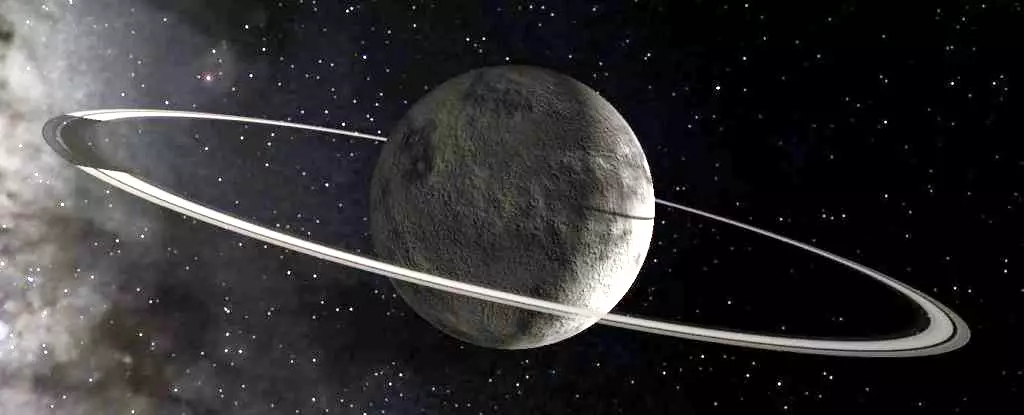In the ever-expanding tapestry of our Solar System, there lies a fascinating entity known as Chiron. Positioned beyond Jupiter, Chiron belongs to a specific category of celestial bodies called centaurs, which exhibit characteristics of both asteroids and comets. Yet, Chiron stands out even among this peculiar group. Recent observations from the James Webb Space Telescope (JWST) have further illuminated Chiron’s uncanny attributes, revealing behaviors and properties that challenge our conventional understanding of celestial mechanics. As physicist Charles Schambeau from the University of Central Florida noted, Chiron’s strange behaviors make it an exceptional study subject in the realm of space science.
Understanding the origins and evolution of our Solar System is the ultimate goal of planetary science. Centaurs are pivotal to this endeavor, residing in a transitional area between the inner Solar System and the more distant, icy trans-Neptunian objects (TNOs). Chiron is thought to function akin to a time capsule, preserving elements from the Solar System’s formation approximately 4.5 billion years ago. Yet, its unique characteristics make it difficult to study in detail due to its considerable distance from Earth.
Led by Noemí Pinilla-Alonso from the University of Oviedo, a group of researchers has skillfully employed JWST’s advanced technology to delve into Chiron’s enigmatic nature. The aim of this research is not only to identify the composition of Chiron but also to gain insights into the perturbations that influence its transformation, potentially stemming from solar heating effects. As Pinilla-Alonso stated, each celestial body in our Solar System offers us clues about its historical context. However, active centaurs like Chiron evoke particular interest due to their ongoing transformations.
One of the most remarkable attributes of Chiron is its intermittent ejection of gas and dust, reminiscent of cometary behavior. Such eruptions can yield significant insights into the celestial body’s composition and surface characteristics. The research team utilized JWST to assess not just the surrounding coma—the region filled with gas and dust—but also to probe the materials potentially originating from within Chiron.
The investigation revealed that Chiron’s surface hosts an array of ices, while its coma consisted of gases released from the surface. This allows scientists to not only study the surface composition but also how certain gases correlate with the ices observed. The implications of this dual analysis are profound: through the elemental interactions and variations in surface ice’s thickness and porosity, researchers can gain insights into the processes such as radiation effects that play predominant roles in shaping Chiron’s character.
Unveiling Chemical Mysteries
The near-infrared observations conducted by the research team have uncovered a myriad of compounds present on Chiron, including carbon monoxide, carbon dioxide, methane, ethane, propane, and water ice. Among these, methane’s notable detection merits particular attention, suggesting a surprisingly robust presence of this gas in Chiron’s coma. Researchers suggest that these findings raise numerous questions regarding the primordial materials that may have traveled with Chiron through the Solar System’s history.
In understanding the origins of these gases, the investigation provides context about the chemical reactions that may have transpired on Chiron itself. For instance, while certain compounds can trace back to the Solar System’s formation, others, such as ethane and propane, may either indicate processes occurring on the centaur’s surface or result from environmental interactions over eons.
The Implications of Discovery and Future Research
The insights gleaned from Chiron are indicative of broader trends observed among other active centaurs. Pinilla-Alonso’s assertion that no two active centaurs behave identically underscores the variability of these celestial bodies. Yet, with instances of irregularity observed across the board, a compelling question is posed:

